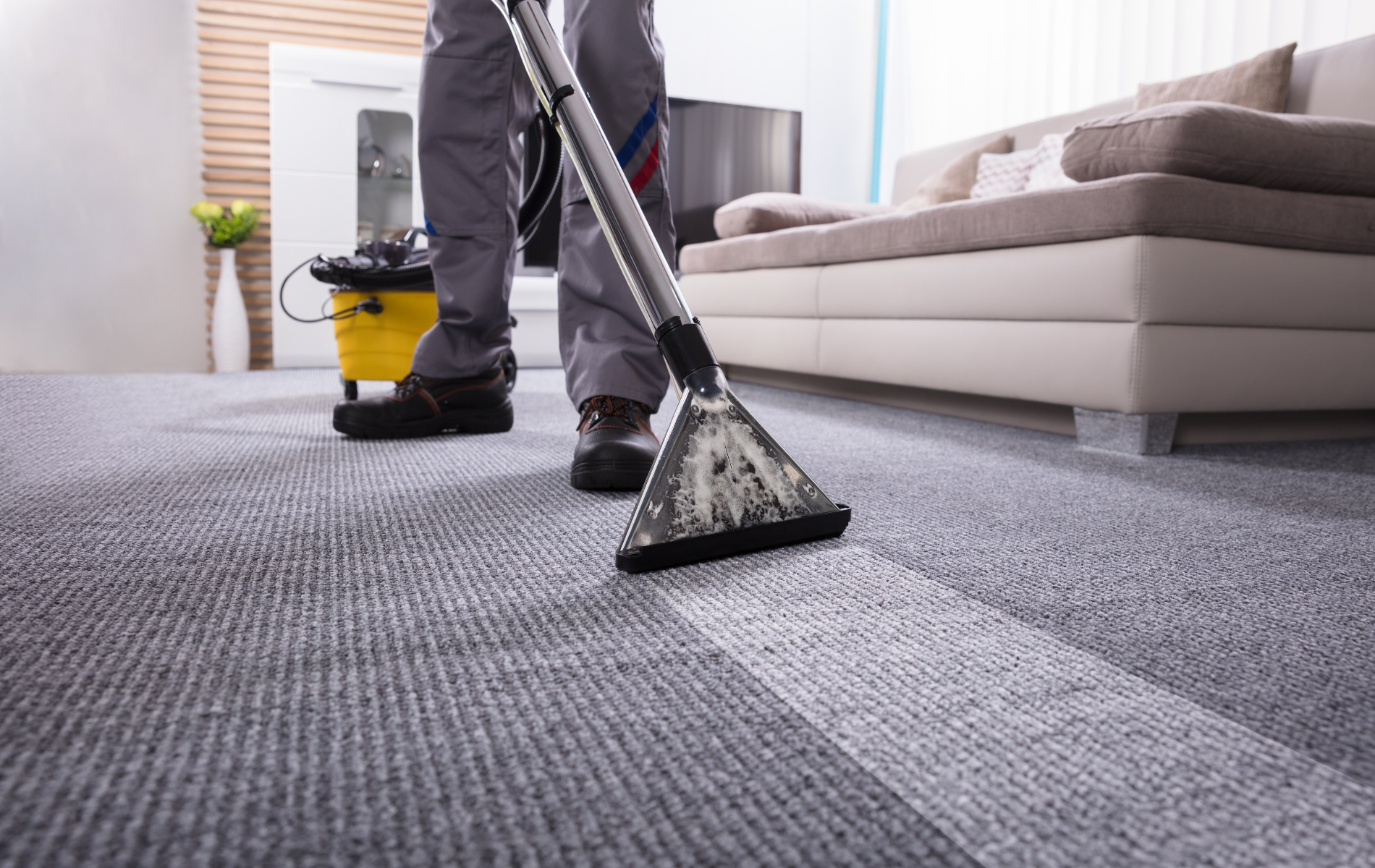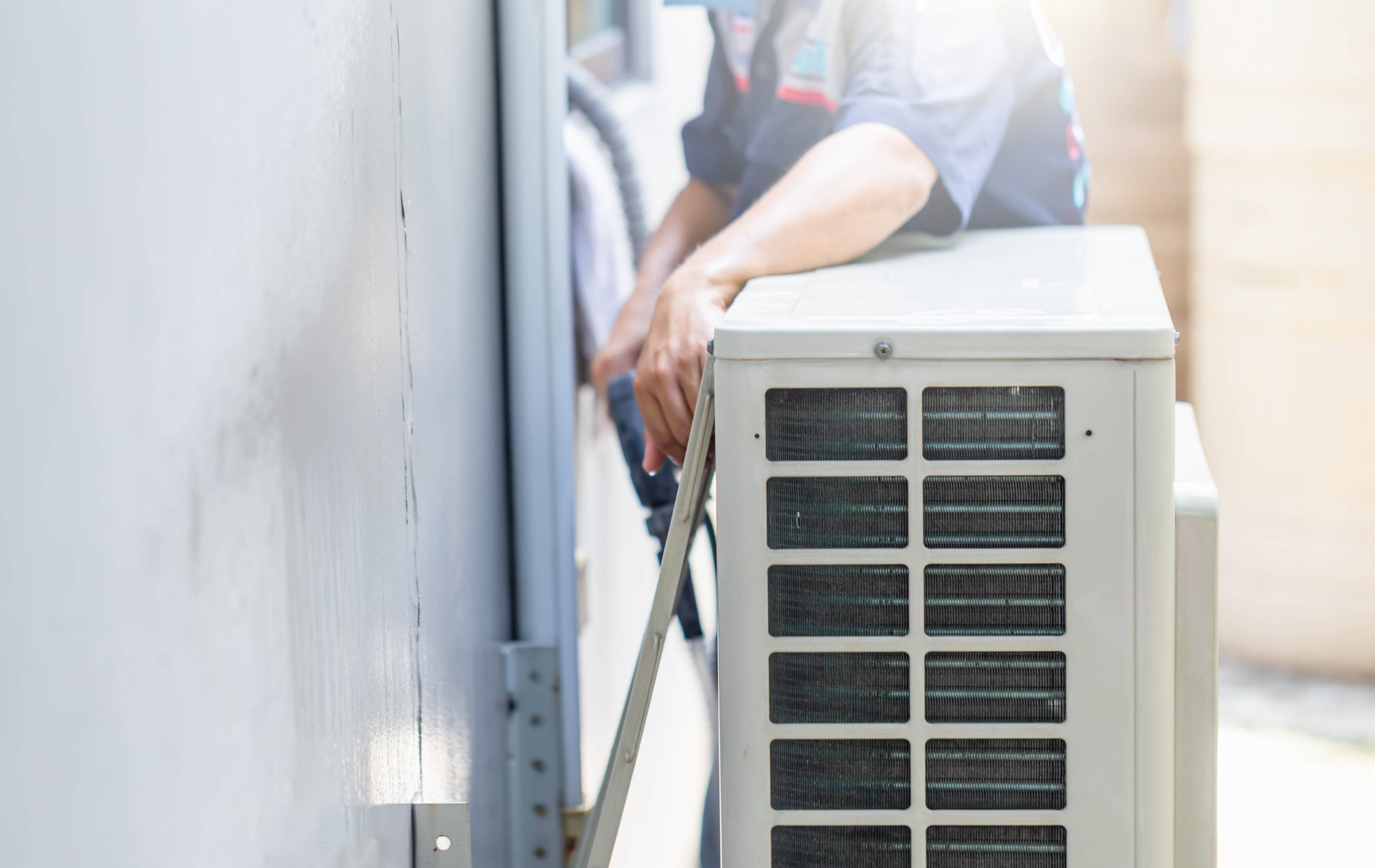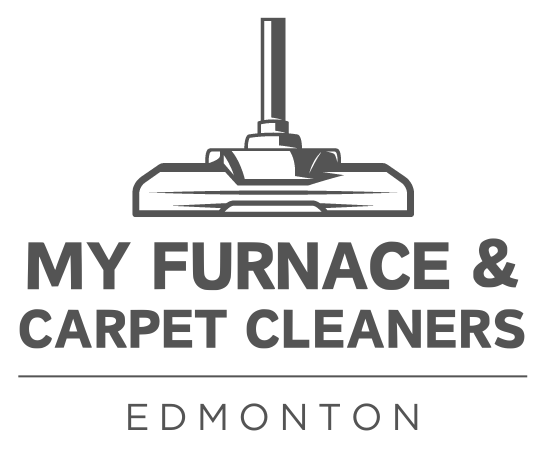How Does my Heating System Work in Stony Plain, Alberta?
Your Heating System: How Exactly Does it Work?
Living in Stony Plain means learning to embrace all four seasons—but let’s be honest, winter gets the spotlight. When the temperature dips well below freezing and the snow starts to pile up, your heating system becomes more than just a convenience. It’s the heart of your home, quietly keeping you and your family safe and warm through the coldest months of the year. But how exactly does it work? What’s going on behind the scenes when you crank up the thermostat on a -30°C morning?
Understanding how your heating system works is more than just a fun fact. It can help you spot issues early, maintain your system more effectively, and make smarter decisions about upgrades or repairs. And when you live in a place like Stony Plain, where winters are long, temperatures drop dramatically, and a reliable heating system isn’t optional, it’s worth having a bit of insight into what’s heating your home. Let’s break it down.
The Role of the Thermostat
The whole process starts with your thermostat. This little device is essentially the control center for your entire heating system. When the temperature in your home drops below the setting you’ve selected, the thermostat sends a signal to your furnace to turn on. It’s constantly reading the room’s temperature and working to keep your indoor environment at the level you’re most comfortable with.
In many homes around Stony Plain, thermostats are now programmable or even smart, which means you can set a schedule or control the temperature from your phone. This is especially handy when you want to lower the heat while you’re out during the day and warm things up before you return home. It helps manage comfort and energy efficiency, both of which are valuable in a climate that demands steady heating for much of the year.
The Furnace: Your Home’s Heat Engine
Once the thermostat gives the green light, the furnace jumps into action. Most homes in Stony Plain are equipped with forced-air furnaces that run on natural gas. This type of heating system is popular across Alberta because it’s effective, relatively cost-efficient, and capable of heating a space quickly, even during extreme cold snaps. Here’s a simple look at what happens next: the furnace’s gas valve opens, allowing natural gas to flow into the burner. An ignition system lights the gas, creating a controlled flame. That flame heats up a component called the heat exchanger, which is essentially a metal chamber that warms up as the flame burns underneath it.
As the heat exchanger gets hot, a blower fan kicks on. This fan pulls cool air from your home through return ducts, blows it over the now-hot heat exchanger, and sends the warmed air back into your living spaces through supply ducts. This cycle continues until your thermostat senses that the desired temperature has been reached, at which point it tells the furnace to power down. It’s a smooth, continuous loop of heat demand and supply, all happening behind the scenes without much fuss, unless something goes wrong, which we’ll get to later
Air Circulation and Ductwork
Heating your home is only half the job. The other half is moving that heat around in a way that makes each room feel comfortable. That’s where your ductwork comes in. The duct system in your home is the hidden network of air highways that allows warm air to circulate efficiently from the furnace to different rooms and then back again. The quality and layout of your ducts play a huge role in how evenly heat is distributed. If some rooms in your home feel colder than others or if your furnace seems to run constantly without reaching the desired temperature, the issue could be airflow-related rather than furnace-related.
Blocked, leaking, or poorly insulated ducts can waste heat, drive up energy bills, and make your system work harder than it needs to. This is especially important in homes that weren’t originally built with energy efficiency in mind. Older homes in Stony Plain may have ductwork that wasn’t designed to today’s standards, and over time, dust and debris can accumulate, creating resistance and uneven airflow.
The Importance of Filters
As air loves through your heating system, it passes through a filter, usually located just before the blower fan. The filter’s job is to trap dust, pet dander, pollen, and other particles before they can circulate through your home or settle inside the furnace. If you’ve ever wondered why changing your furnace filter regularly is such a big deal, here’s why: a dirty filter restricts airflow. When the airflow is restricted, the furnace has to work harder to pull air in and push it back out. That puts unnecessary strain on the entire system, reduces efficiency, and can even lead to overheating.
In our dry, dusty Alberta winters, filters can clog up faster than you might expect. Many homeowners in Stony Plain benefit from checking their filters monthly during the heating season and replacing them every one to three months depending on the type.
Exhaust and Safety Systems
Burning natural gas creates heat, but it also produces byproducts like carbon monoxide, a colourless, odourless gas that can be extremely dangerous if not properly vented. That’s why every gas furnace includes an exhaust system, often called the flue or chimney. The flue safely carries combustion gases out of your home and into the atmosphere. Modern high-efficiency furnaces, which are common in newer builds and retrofits around Stony Plain, use a two-pipe venting system that brings in fresh air from outside and sends exhaust back out, rather than relying on air from inside your home. This is both safer and more efficient.
In addition to venting, furnaces are equipped with a series of safety switches and sensors designed to shut things down if anything isn’t operating correctly. That might include flame sensors that detect whether the burner is lit, limit switches that prevent overheating, or pressure switches that ensure proper airflow. If something’s off, the furnace won’t run, or it might cycle on and off repeatedly, an issue worth calling a professional about.
Different Systems for Different Homes
Not every home in Stony Plain uses the exact same heating setup, although natural gas furnaces are by far the most common. Some rural properties or older homes may rely on electric furnaces, wood stoves, boilers, or even heat pumps as part of their heating solution.
Boilers work by heating water and sending it through radiators or in-floor tubing. They don’t use air to distribute heat, which can be a benefit in homes where humidity control is a concern. On the other hand, heat pumps are gaining popularity in some newer homes for their efficiency and ability to both heat and cool a space, though they typically need a backup system in Alberta’s frigid winters. Understanding what kind of system you have, and what its strengths and limitations are, can help you make better decisions when it comes to maintenance, upgrades, or replacements.
Why Local Climate Matters
Heating systems are designed with climate in mind, and Alberta has one of the most demanding climates in Canada. Stony Plain regularly sees winter temperatures that hover in the -20s and occasionally dip into the -30s or lower. Systems here need to be built to handle extreme cold, and they need to do it consistently for several months out of the year.
That’s why efficiency and reliability are so important. A minor issue with your furnace might not be a big deal in a milder climate, but here, it can quickly turn into an emergency. Whether you’re running a mid-efficiency system from 20 years ago or a new high-efficiency model with all the bells and whistles, routine maintenance is critical to making sure your system doesn’t fail when you need it most.
Regular Maintenance: Your Best Insurance
If there’s one takeaway from all of this, it’s that your heating system is both powerful and complex. It’s also under more stress in a place like Stony Plain than it would be in a milder part of the country. Keeping it running smoothly means staying on top of routine maintenance. That includes changing filters, getting annual inspections, cleaning ductwork, and paying attention to how your system sounds and performs. Strange noises, uneven heating, or frequent cycling are all signs that something might need a closer look.
When in doubt, calling a local HVAC professional who understands Alberta winters is always a good move. We know what your system is up against, and we'll help ensure you’re not left out in the cold when it matters most.
In Closing
Your heating system might seem like a mystery, but once you understand how it works, it’s easier to appreciate everything it does for your home, especially during an Alberta winter. From the thermostat on your wall to the ductwork in your basement, every part plays a role in keeping you warm, safe, and comfortable through months of ice, wind, and snow. So the next time you hear your furnace hum to life on a cold Stony Plain morning, you’ll know exactly what’s happening, and why taking care of it is one of the smartest things you can do as a homeowner.
Ready to keep it clean?



